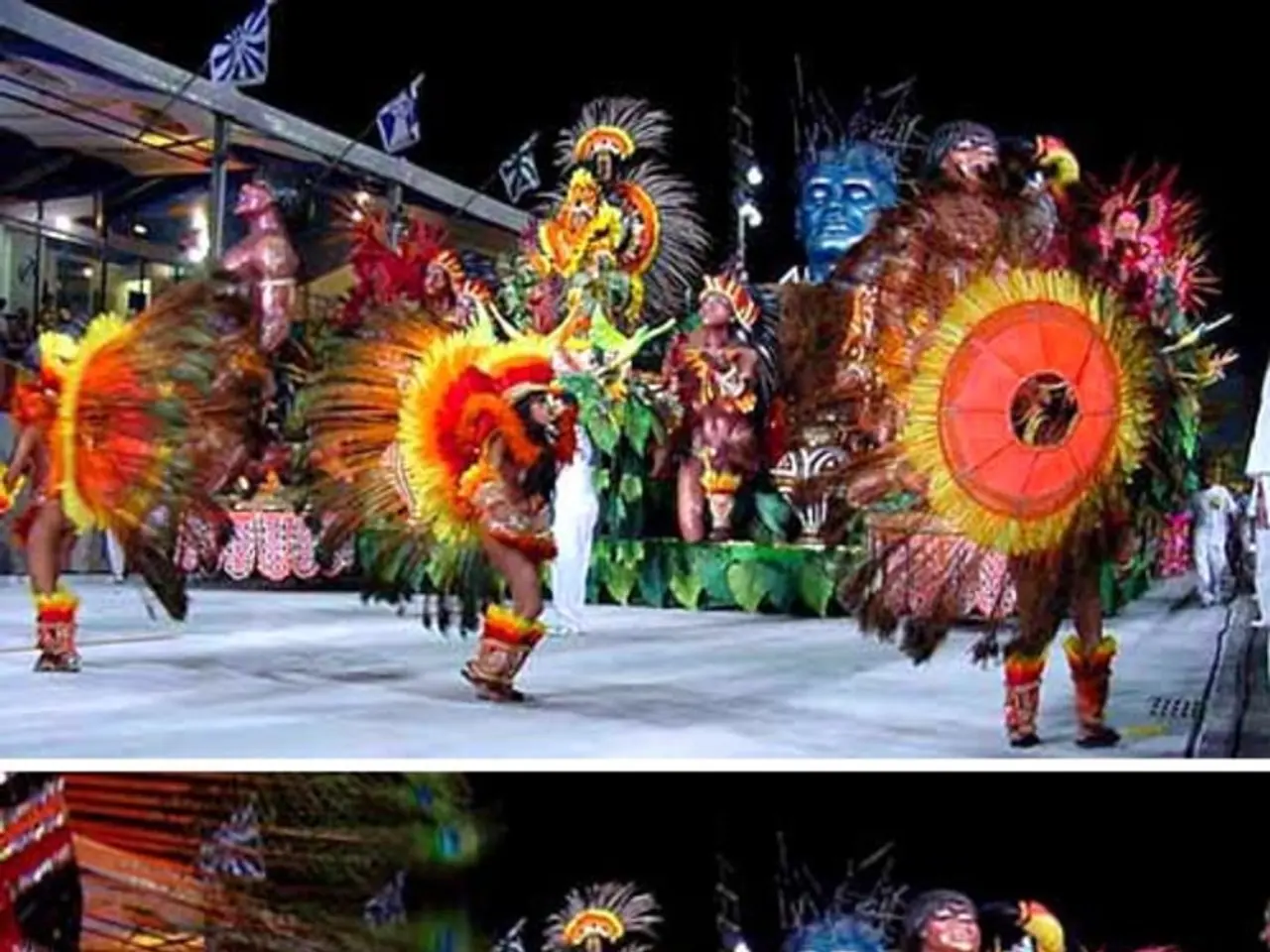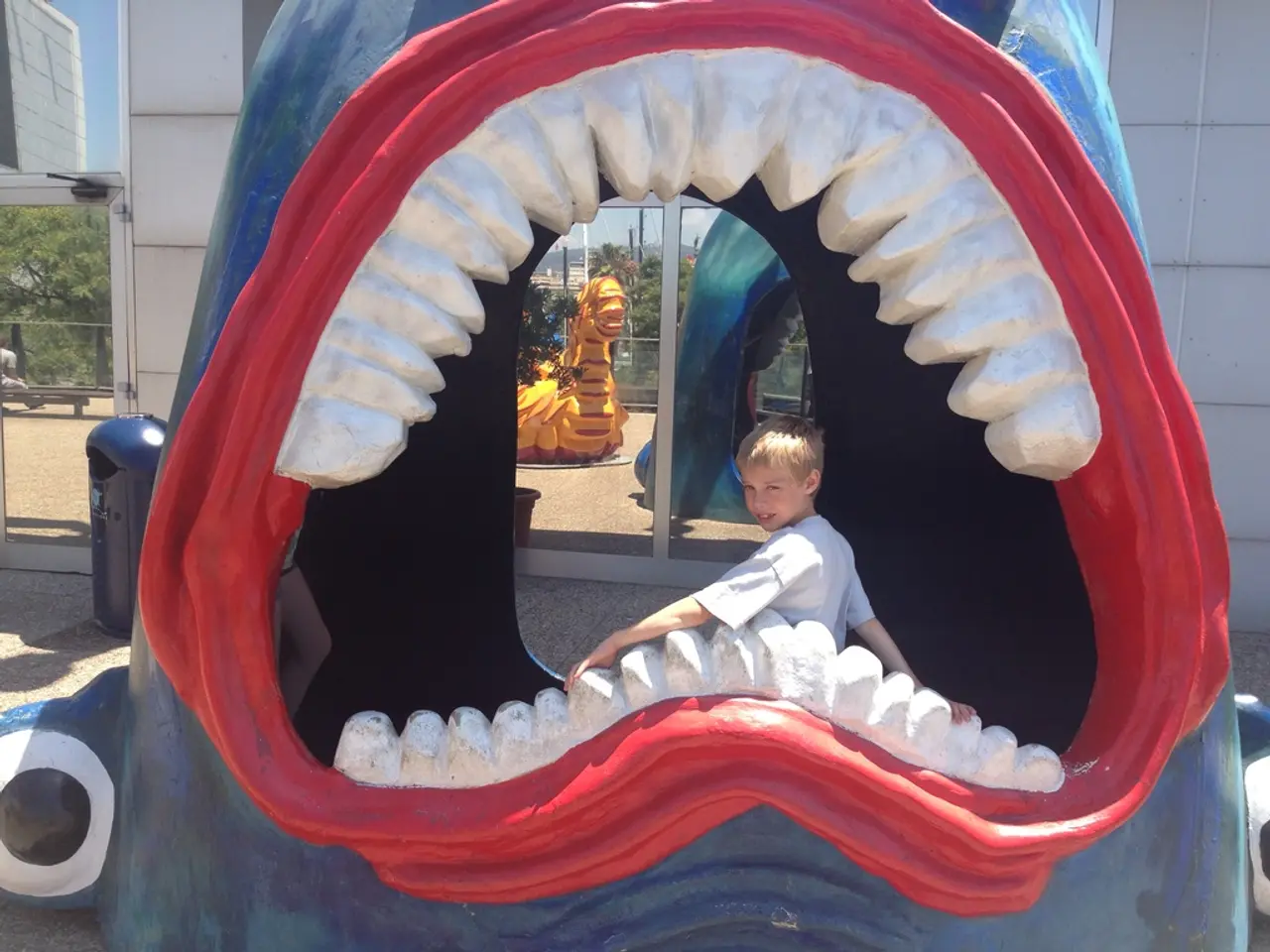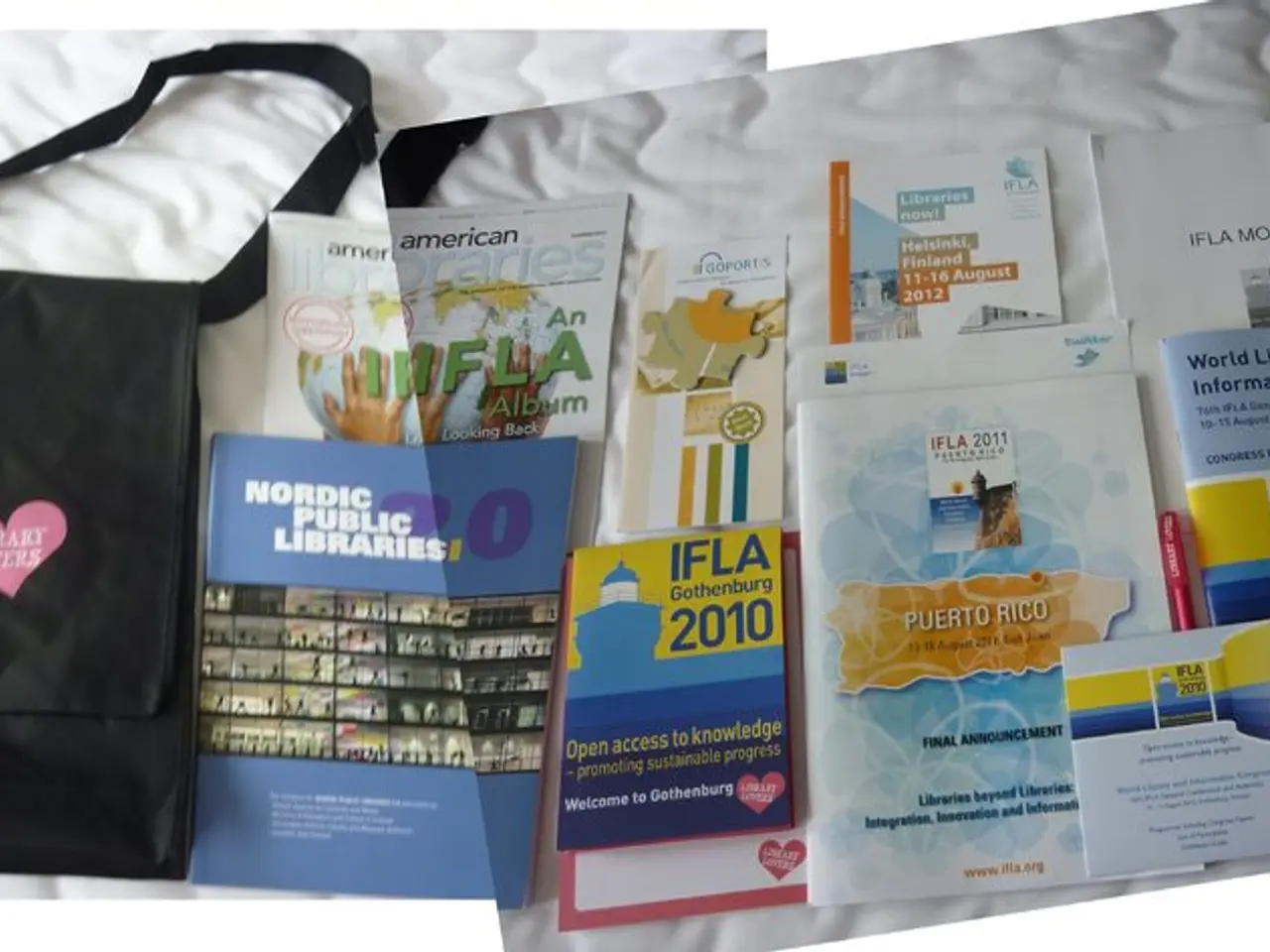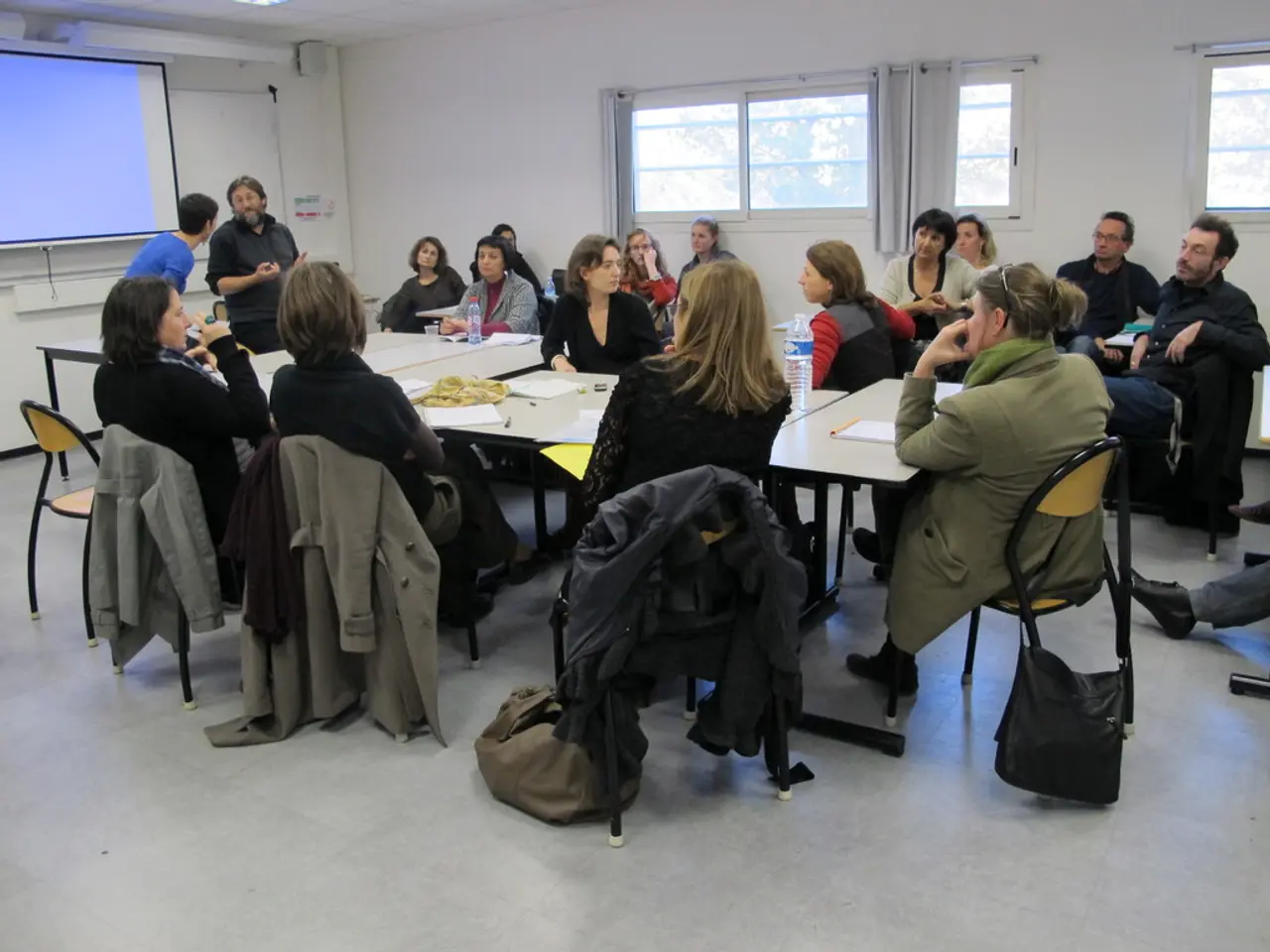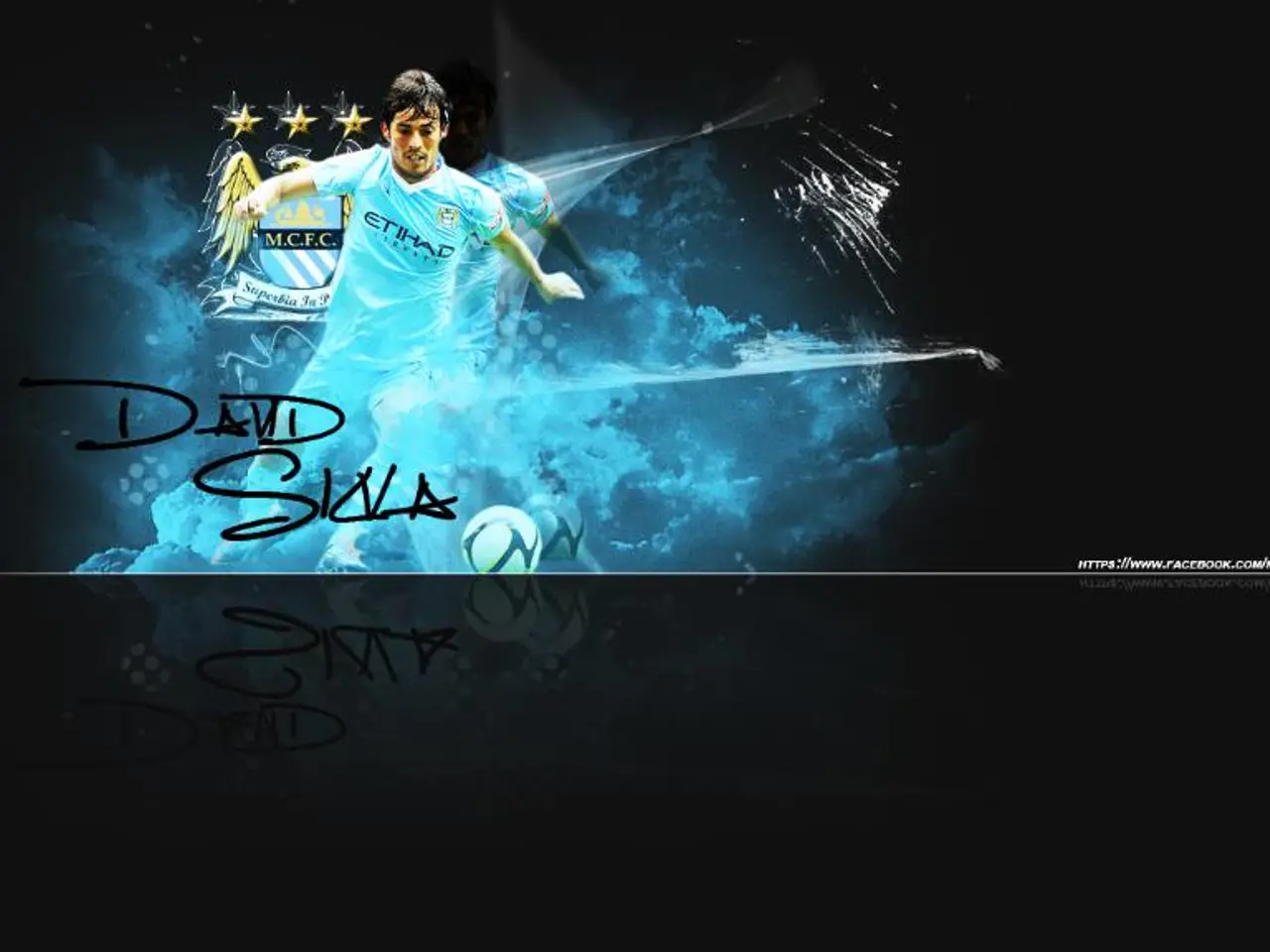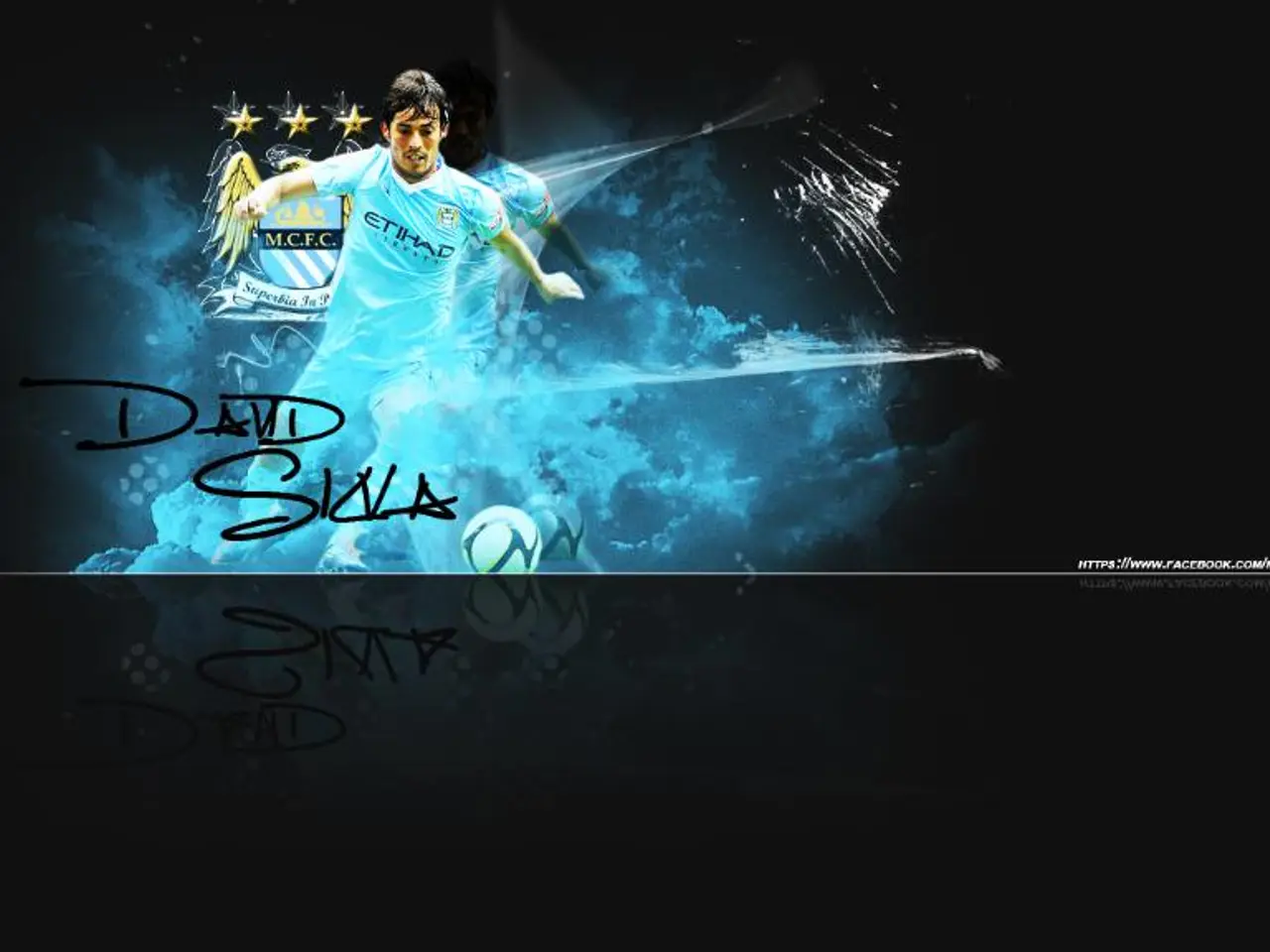Exploring the Fashion Behind The Godfather: A Deep Dive into Costume Design on The Art of Costume Podcast
In the realm of iconic cinema, Francis Ford Coppola's *The Godfather* (1972) stands tall, and a significant part of its enduring appeal lies in the meticulous work of its costume designer, Anna Hill Johnstone. Her designs played a pivotal role in shaping the characters and enhancing the narrative, making for a visual feast that complements the film's rich storytelling.
One of the most striking examples of Johnstone's work can be seen in the wedding attire of Apollonia Vitelli-Corleone. The traditional Italian wedding dress she designed symbolises the cultural heritage and family values at the heart of the story, underscoring the importance of family and cultural identity.
Don Vito Corleone, portrayed by Marlon Brando, is often seen in formal, elegant attire that reflects his status as the family patriarch. His outfits blend traditional Italian style with American influences, mirroring his position as a powerful figure in the community.
The evolution of Michael Corleone's wardrobe is another fascinating aspect of Johnstone's designs. As the story unfolds, Michael's attire transforms from casual, youthful clothing to more formal, business-like outfits. This transformation reflects Michael's rise to power and his acceptance of his family's legacy, symbolising his transition from a non-involved family member to the eventual Don.
Tom Hagen, played by Robert Duvall, is portrayed in more formal, professional attire, highlighting his role as the family's consigliere. His wardrobe emphasises his position as a mediator and advisor, reflecting his integration into both the family's business and the broader community.
The costumes designed by Johnstone serve to reinforce the themes of family, loyalty, and the American Dream that are central to the film. They help create a visual narrative that complements the story's exploration of these themes. Furthermore, the evolution of characters' wardrobes aids in creating a layered and nuanced portrayal of the characters, enhancing audience engagement and understanding of their motivations and roles.
Johnstone's designs were deeply rooted in the cultural and historical context of the time period depicted in the film. They reflect the early 20th-century Italian-American culture and the transition from traditional values to more modern American influences.
For those interested in exploring this fascinating aspect of *The Godfather* in more depth, a new episode of The Art of Costume Podcast is now available. Hosts Elizabeth and Spencer discuss the costumes of The Godfather, taking listeners on a stylish journey through the film's iconic wardrobe. The podcast is available on Apple Podcasts, Spotify, YouTube, and other podcast platforms. Listeners are encouraged to share the podcast on social media platforms such as Facebook, Twitter, Pinterest, LinkedIn, and Email, as well as on Reddit.
So, pour a glass of wine, settle in, and join the conversation as we delve deeper into the sartorial tales of *The Godfather*.
Costume design played a crucial role in crafting visual narratives for movies-and-tv, as evident in the iconic Italian-American drama, The Godfather (1972). Anna Hill Johnstone's designs, deeply rooted in the film's cultural and historical context, enhanced the characters' roles and themes, engaging audiences and providing a style guide to the film's exploration of family, loyalty, and the American Dream. For further exploration, tune into The Art of Costume Podcast for a deep dive into the sartorial tapestry of The Godfather.

